If you want to know the side effects of hubbly bubbly, we will explain the key things you need to know and how to avoid the mistakes that people make when it comes to using hubbly bubbly.
Hookah smoking paraphernalia is designed to attract and impress – but is it really as harmless as most people have labelled it? In this article we’ll debunk popular myths, answer FAQs, and provide scientific evidence on the potential harmful effects of hookah tobacco.
We’ll also provide you, our most valued reader, with some industry tips to reduce health risks when enjoying your favourite shisha.
But first things first – let’s clear some FAQs.
Is Hubbly Safe to Smoke?
In a nutshell, the difference between whether shisha smoking will have a negative impact on your health vs a non-affected situation lies in the frequency and intensity of use.
It is important to remember that hookah tobacco contains nicotine and tar, which makes it addictive.
While not particularly harmless by itself, it is argued that hookah smoke (or aerosol) can be less damaging to your lungs than cigarettes in the long run due to a few factors, such as temperature control, frequency of smoking, intensity of smoking and the fact that people often smoke hookah in groups and aren’t fixated on smoking alone and consistently, as with a cigarette.
There are indeed nicotine and tobacco-free shishas available, although smoke density is much less in comparison.
Enjoying a shisha once a week is the recommended safe limit, with sessions lasting anywhere from 1 – 2 hours. Smoking alone will, of course, increase the chances of health risks.
What are the Negative Side Effects of Hookah?
There are generally three things that pose a threat when enjoying shisha: tar, nicotine and frequency of use.
Both nicotine and tar are substances known to cause damage even if used for as short a time as an hour or less.
Beginners may experience more severe side effects due to nicotine consumption than experienced smokers, but there are a few long-term effects that affect everyone.
10 Side Effects of Hubbly Bubbly
Daily use of hookah products can lead to several severe health issues, especially if you have underlying heart or lung conditions.
Here are the 10 of the most common side effects of hubbly bubbly long-term smoking:
Dry eyes & mouth
Something you’ll quickly learn even from a short shisha session; a dry mouth and eyes can prove to be pretty irritating if you haven’t come prepared.
It is a basic unspoken rule of shisha smoking to always stay hydrated – even a little snack before your hookah session will ease out symptoms.
Light headedness & Nausea
It is a common side-effect of nicotine (especially on beginners) to make one nauseous and extremely lightheaded, impairing hand-eye coordination for a short period of time.
This will normally subside after just a few minutes, and can be avoided with lower nicotine shishas.
Irritable cough
This is especially notable in high nicotine shishas, in solo sessions and in the case of too much heat in your bowl.
While not all that serious short term, it can still make your chest feel unwantedly heavy; similar to the feeling of having phlegm on your chest, but without actually having a blockage.
You can expect slightly increased heavy breathing to follow. When this happens, ensure that you smoke less frequently or take smaller puffs in your next session; often stuffy lungs are all thanks to big, continuous drags.
Keeping your shisha at recommended temperatures is also key to a smoother session, and will feel much better on your lungs.
Nicotine addiction:
One of the main side effects of hubbly bubbly use; nicotine addiction. Now although there are selected herbal hookah flavours that contain no nicotine or tar, it is important to note the possible side-effects of long-term nicotine consumption:
Infertility – Studies show that women who smoke and consume nicotine do not conceive as efficiently as non-smoking women. In comparison, infertility rates are doubled within men and women who smoke as opposed to those who are non-smokers.
Headaches – Nicotine is known to stimulate pain-sensitive nerves as it passes through the back of the neck and throat. This stimulation can further increase the tendency toward headaches in some people
Increased blood pressure – Nicotine is a substance known to cause increases in blood pressure. It spikes your adrenaline levels which in turn ramps up your heart rate and increases your chances of having a heart attack. If you have an underlying heart condition(s), your best recommendation would be to stay free of nicotine products as much as you can.
Cancer: Mouth, lungs & bladder
Removing the focus from nicotine alone, hookah tobacco contains other toxic agents that can cause serious long term health issues.
- The smoke generated from nicotine and tar-containing hookah tobaccos have been linked to oral, lung and bladder cancers. The fact that hookah smoke is filtered through water before inhaling does not lessen the presence of these agents nearly enough to label shisha smoke as “safe to consume”
Large amounts of smoke is inhaled into the lungs each time a hookah user takes a drag, endangering the lungs of cancerous effects.
Hookah juices also irritate the mouth and can cause oral cancers if exposed too often.
Heart Disease
A 2017 scientific statement indicated that hubbly smokers stand the risk of inhaling more harmful chemicals than if they had smoked a cigarette. Now before you conclude; remember that hookah sessions last in excess of 45 mins – 2 hours, whereas smoking a cigarette lasts no longer than 5 minutes.
It is important to take into account the frequency of actually dragging on your hookah pipe, as many times it stands waiting to be used more than actually being in use. A cigarette, on the other hand, is lit and smoked consistently until it’s done.
This complex comparison of intensity and frequency of smoke is the exact reason studies haven’t been able to make an accurate distinction between the harmful effects of cigarettes vs hookah tobaccos.
Lung disease & breathing difficulty
Another one of the very common side effects of hubbly bubbly smoking; inflammation in the lungs.
One thing is for sure; even an average hookah session results in litres of smoke being inhaled into your lungs. Since most hookah tobaccos contain more toxic agents than the average cigarette, the risks of developing lung conditions such as COPD, pulmonary infections and general inflammation and lung damage is a real threat.
Luckily, in most cases, less serious conditions are reversible simply by discontinuing use, although we do not recommend ignoring emerging symptoms.
Is Hubbly safer than vape?
Both mechanisms come with their own faults and benefits, although neither are exempt from harmful chemicals and additives. In the end it all boils down to a few key points in each scenario that will determine how damaging it will be in the long run:
- How often do you smoke either device?
- How long is the duration of each session?
- aka: what is your daily / weekly consumption of each?
- Nicotine and tar profiles play a large role in disease. Different levels of consumption will greatly affect the outcome.
Hookah: 7 Points to Reduce the Danger of hubbly bubbly
We get it – simply being aware of different health risks isn’t enough to stop the average hubbly enthusiast from enjoying their favourite shisha. Although hookah smoke cannot be pinpointed to better or worse than cigarette smoking or vaping, it is important to take the following precautions to reduce the risk of injury and disease:
- Rule #1: hydration. Always have water or any drink ready while enjoying a hubbly
- Do not exceed 1 or 2 sessions per week.
- Attempt to smoke zero tar and zero nicotine shishas
- Discontinue use if lung irritation or headaches occur
- Discontinue use if you experience extreme light headedness’ and nausea, or use a lower nicotine strength
- Ensure heat management is accurate – burnt shisha releases even more harmful toxins.
- Clean your hookah regularly – coming into physical contact with shisha juices are known to cause oral cancers.

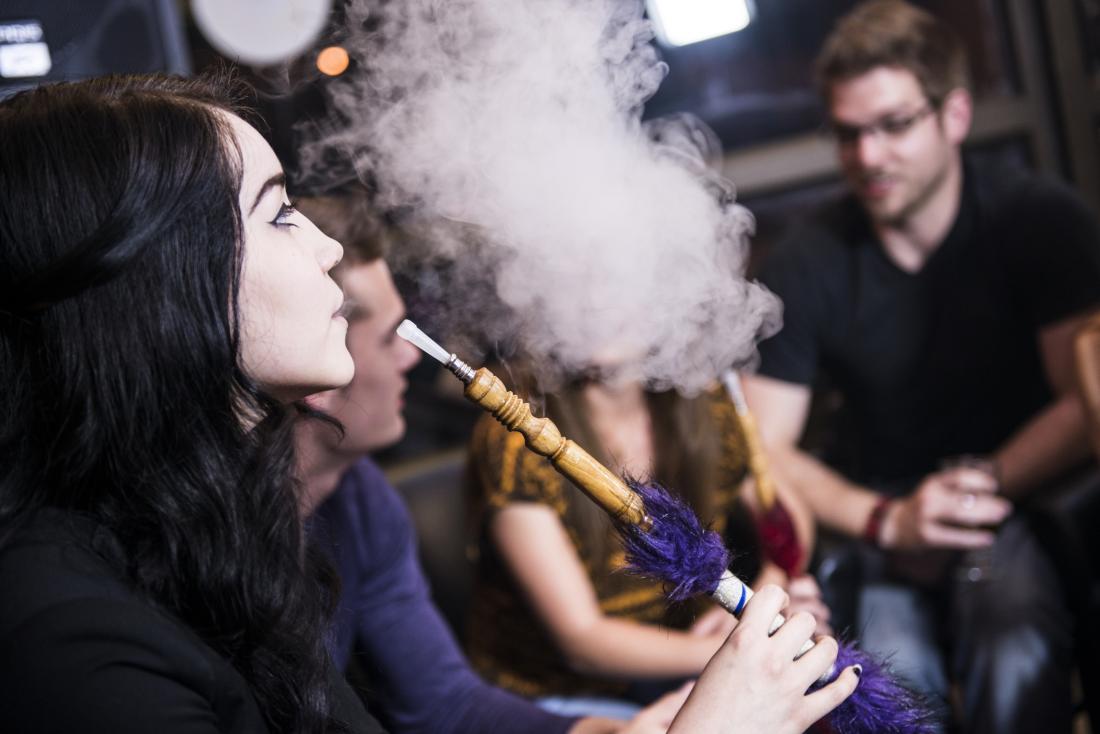
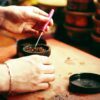

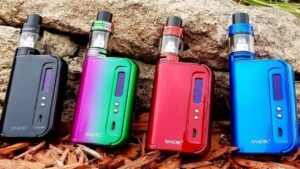
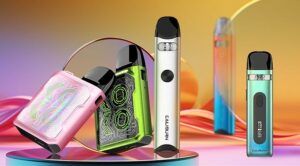
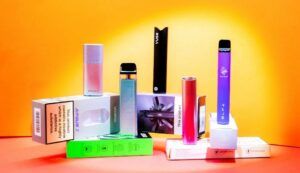


Leave a reply